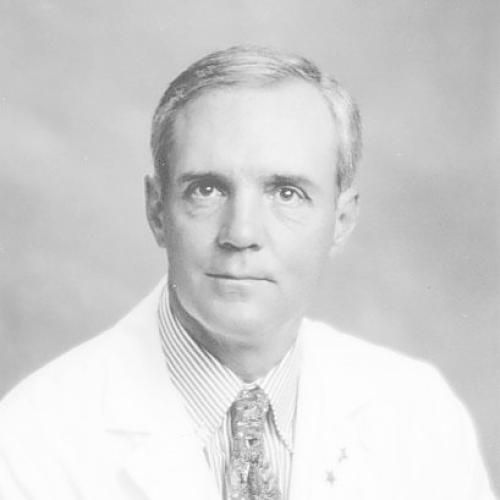
A new non-enzymatic method for isolating human intervertebral disc cells preserves the phenotype of nucleus pulposus cells.
Cells isolated from intervertebral disc (IVD) tissues of human surgical samples are one of potential sources for the IVD cellular therapy. The purpose of this study was to develop a new non-enzymatic method, "tissue incubation", for isolating human IVD cells. The IVD tissues of annulus fibrosus (AF) and nucleus pulposus (NP) were incubated separately in tissue culture flasks with culture medium. After 7-10 days incubation, cells were able to migrate out of IVD tissues and proliferate in vitro. After 3-4 weeks culture, expanded cells were harvested by trypsinization, and the remaining tissues were transferred to a new flask for another round of incubation. The molecular phenotype of IVD cells from juvenile and adult human samples was evaluated by both flow cytometry analysis and immunocytochemical staining for the expression of protein markers of NP cells (CD24, CD54, CD239, integrin α6 and laminin α5). Flow cytometry confirmed that both AF and NP cells of all ages positively expressed CD54 and integrin α6, with higher expression levels in NP cells than in AF cells for the juvenile group sample. However, CD24 expression was only found in juvenile NP cells, and not in AF or older disc cells. Similar expression patterns for NP markers were also confirmed by immunocytochemistry. In summary, this new non-enzymatic tissue incubation method for cell isolation preserves molecular phenotypic markers of NP cells and may provide a valuable cell source for the study of NP regeneration strategies.
Duke Scholars
Altmetric Attention Stats
Dimensions Citation Stats
Published In
DOI
ISSN
Publication Date
Volume
Issue
Start / End Page
Location
Related Subject Headings
- Developmental Biology
- Biotechnology
- 31 Biological sciences
- 11 Medical and Health Sciences
- 10 Technology
- 06 Biological Sciences
Citation

Published In
DOI
ISSN
Publication Date
Volume
Issue
Start / End Page
Location
Related Subject Headings
- Developmental Biology
- Biotechnology
- 31 Biological sciences
- 11 Medical and Health Sciences
- 10 Technology
- 06 Biological Sciences


